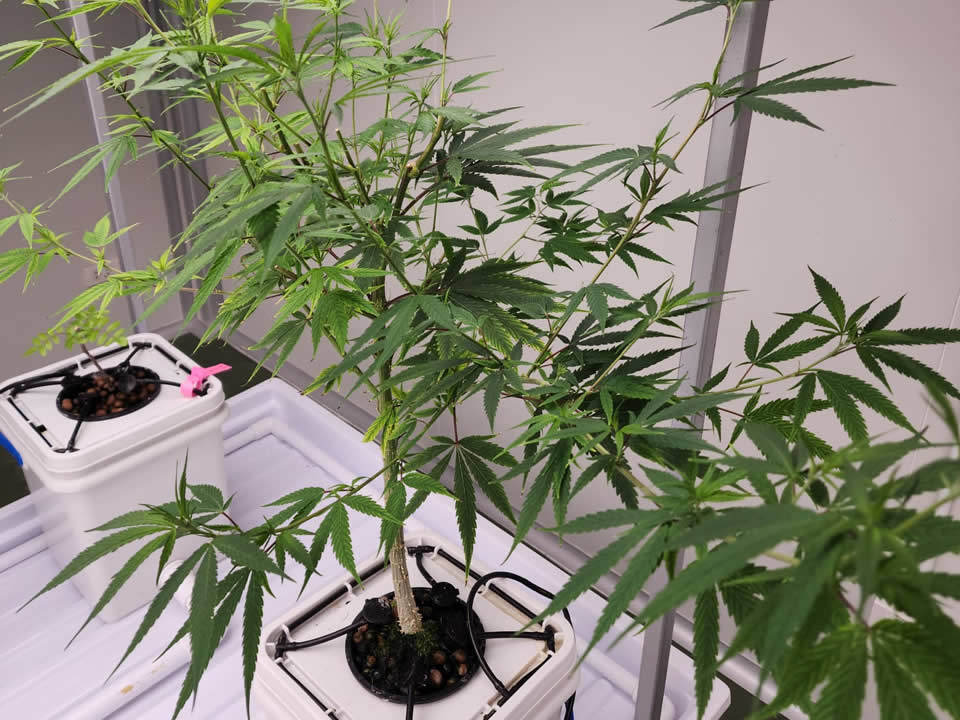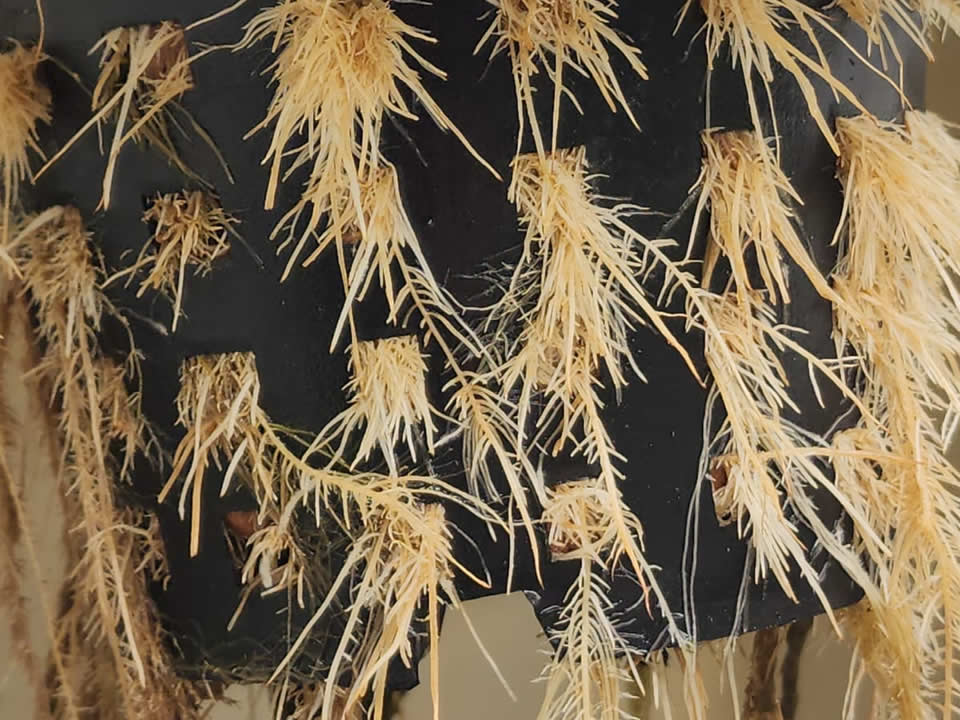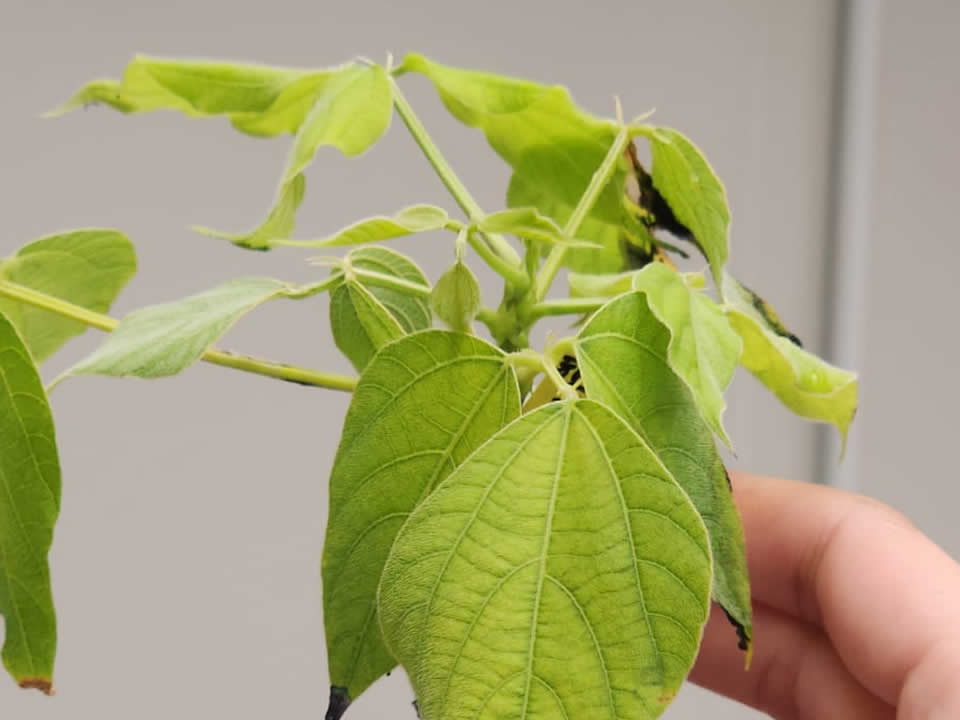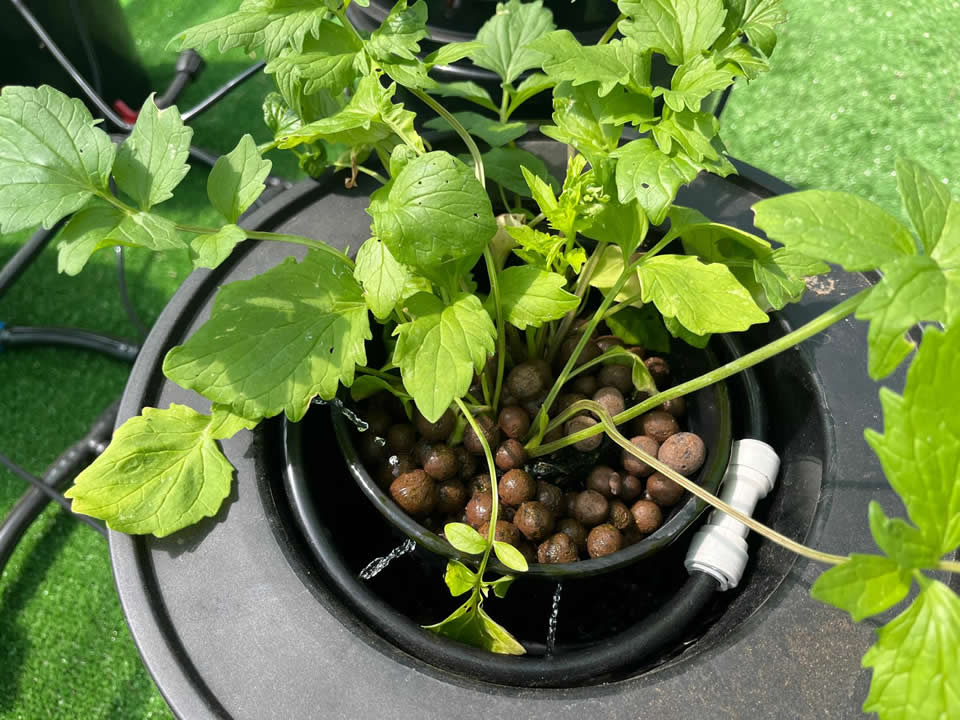Welcome to RHIZOPHARM
We take biotechnology underground: more efficient roots, smarter processes, more valuable compounds
We optimize and research synthesis systems through innovative technologies and sustainable solutions.
MISSION & VISION
Process optimization for the production of secondary and orphan metabolites.
The industrial production of bioactive compounds from roots faces specific challenges: the extreme fragility of adventitious and hairy roots, significant loss of metabolites during harvesting, and still limited knowledge about root system biology and rhizosphere dynamics.
Our mission is to transform this landscape through an integrated biotechnological approach that democratizes access to these compounds.
Through innovative technologies, we have developed sustainable solutions to amplify orphan metabolites that were previously considered inaccessible.
We have optimized synthesis systems capable of multiplying even the scarcest bioactive structures and established industrial-scale protocols that turn marginal molecules into viable therapeutic candidates.

Given the vast number of metabolites in plants – potentially over 1 million – and the relatively low number identified to date (less than 50,000), much of plant metabolic diversity remains uncharacterized.
Fang, C., Fernie, A. R., & Luo, J. (2019)
Exploring the diversity of plant metabolism. Trends in Plant Science, 24(1), 83–98.
Model Species
RHIZOPHARM is currently focused on six botanical species selected for their high potential in plant improvement.

Olea Europaea
Olive
Research focused on the bioactive compounds in the root and the study of resistance to Verticillium fungus using mutagenesis techniques.


Cannabis Sativa
Hemp
Project developed in collaboration with Chulalongkorn University, focused on exploring the therapeutic potential of its roots—an area still underexplored.


Astragalus
Astragalus
A medicinal plant with widely recognized traditional use. Its limited biotechnological exploitation represents a strategic opportunity for developing new bioactives.


Withania Somnifera
Ashwagandha
Known for its withanolide content—compounds with adaptogenic, anti-inflammatory and antioxidant properties—this plant holds great interest in pharmaceutical development.


Pueraria Mirifica
Kwao Krua
A traditional Southeast Asian plant known for its richness in phytoestrogens. Its potential for hormonal health, aging, and regenerative medicine makes it a promising target for biotech innovation.


Valeriana Officinalis
Valerian
Known for its sedative and anxiolytic effects, its root contains valepotriates and essential oils of high therapeutic value. It is an ideal model to optimize the production of neuroactive compounds using biotechnological tools.

Facilities







